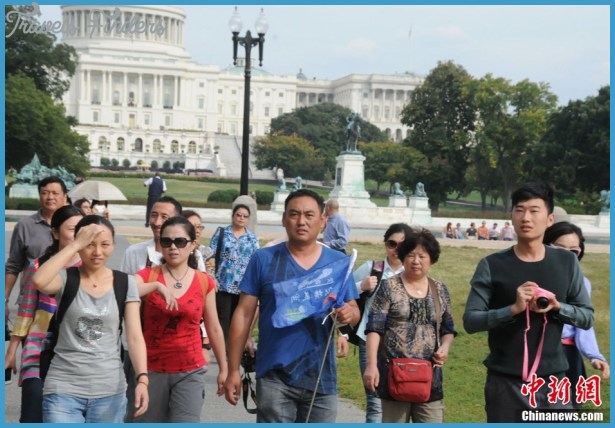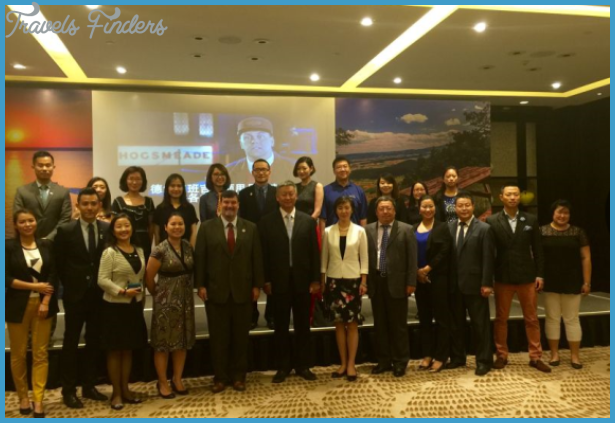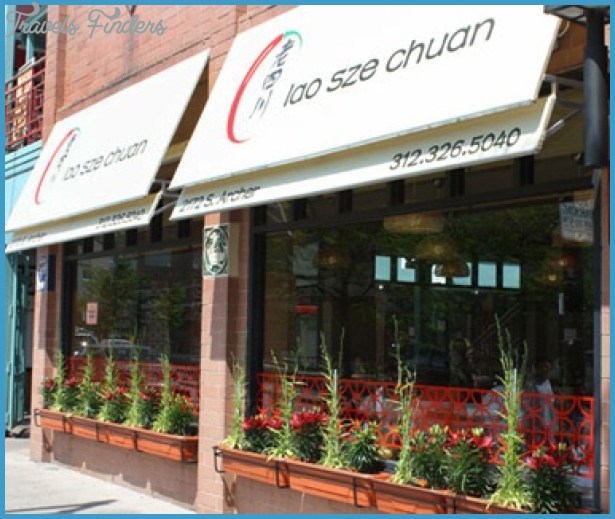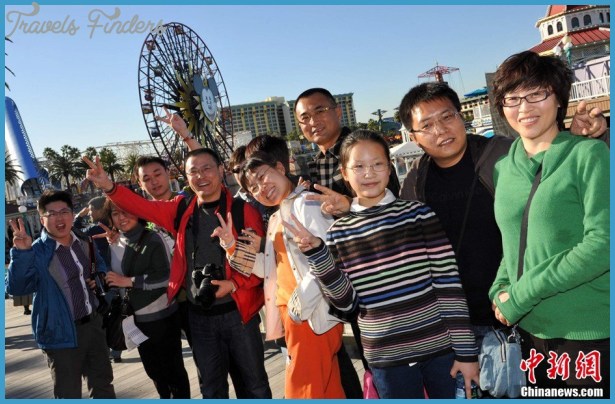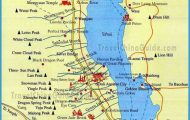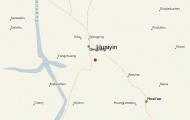The Tower of the Jade Curtain, standing at a height of 1680m/5513ft above sea-level, houses a guesthouse. In front of it lies the Wenshu Terrace. A temple once stood here, but was destroyed by fire in 1952.
Further north towers Lotus Blossom Peak(Linhua Feng, 1880m/6170ft); it is surrounded by a number of smaller peaks, giving the whole the appearance of a lotus flower.
Further north lie the Peak of Light (Guangming Ding, 1840m/6040ft) and the Peak Which Just Flew Here (Feilai Feng); the latter is named after a 10m/33ft high rock (Feilai Shi) which looks as if it does not belong here.
A little further north there is a turn off to the west which leads to the Cloud Dispelling Pavilion (Paiyun Ting).
North of the Beihai Guesthouse, with Brush Peak close by, lies Cool and Refreshing Terrace (Qingliang Tai).
To the east of the guesthouse looms Peak of Conviction (Shixin Feng, 1668m/5474ft), the beauty of which is said to affect all who see it.
Province: Jiangsu. Area: 403sq.km/156sq. miles Population: 637,000 (conurbation 799,000)
Wuxi lies north of Lake Taihu, in the south-east of Jiangsu province, at longitude 120°16’E and latitude 31°37’N.
There are rail links with Shanghai (136km/85 miles), Suzhou (42km/26 miles), Nanjing (178km/111 miles), Beijing 1334km/830 miles) and other Chinese cities, as well as regular air flights to Beijing and Canton. An excellent road network connects Wuxi with all the nearby towns. Moreover, as Wuxi lies near the Grand Canal it is also possible to reach Suzhou, Hangzhou, Yangzhou, Zhenjiang, etc, by boat.
Because of its fertile soil and mild climate this region, one of China’s major rice trading centres, is known as the “Land of Fish and Rice”. Wuxi is a well-known health resort with several sanatoriums dotted around Lake Taihu. The town is also a leading manufacturer of textiles, electronic goods, precision instruments and so on. Silk and cotton manufacture has a long tradition, and painted terracotta figures have been made here for over 400 years, the raw material coming from Mercy Mountain (Huishan) in the west of the town.
Wuxi is one of the oldest Chinese towns west of the Changjiang river. During the Zhou dynasty (11th 3rd c. b.c.) it was called Youxi (“has tin”), because of its tin deposits. Back in the early Han dynasty, in the 2nd c. B.C. it was already a major urban settlement. From then onwards it became known as Wuxi (“without tin”), which suggests that by then the tin deposits had already been worked out. Many of the writers of the Tang period (618-907) waxed poetic about the town’s streams. Shortly after the










